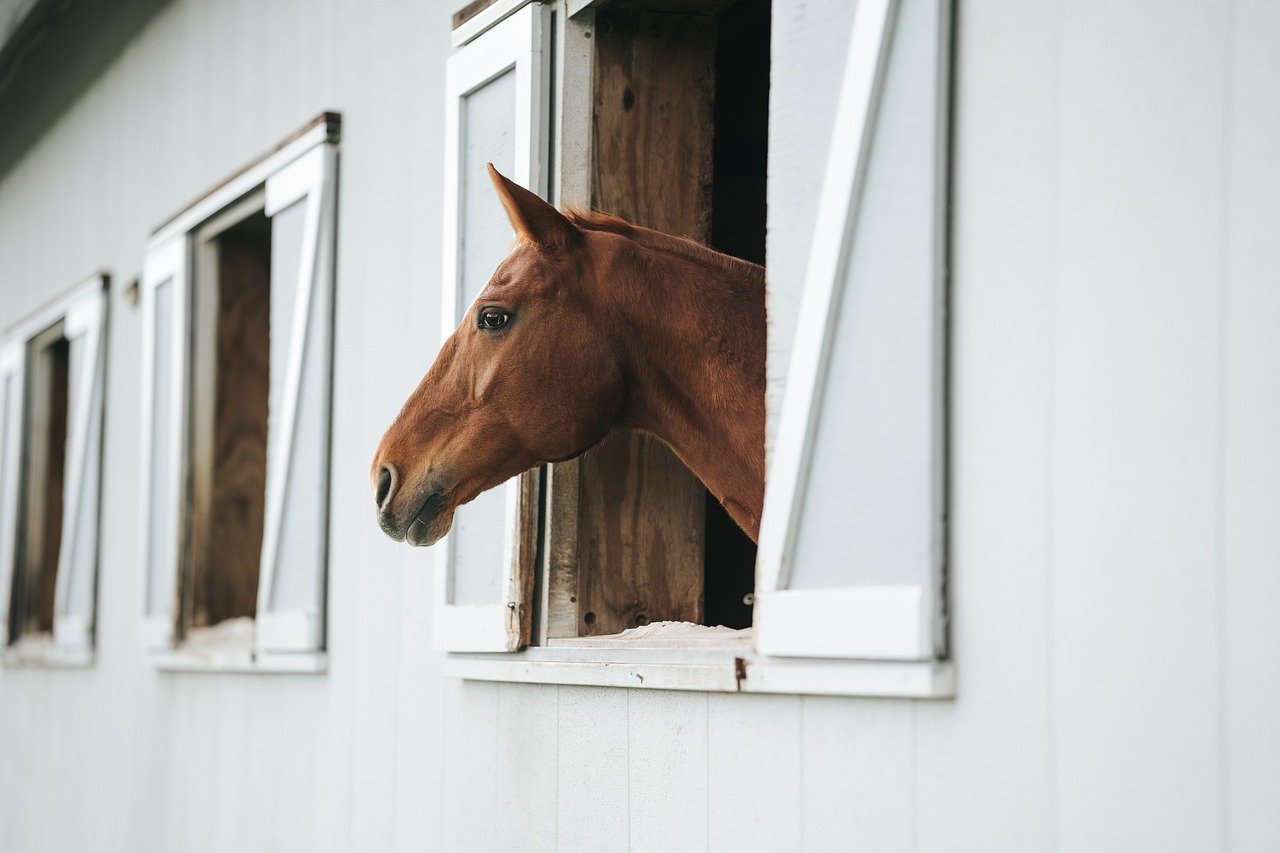Welcome to the world of modern barn lighting! In this article, we will explore key considerations to keep in mind when updating the lighting in your barn. From choosing the right fixtures to maximizing energy efficiency, we’ve got you covered with expert design advice to help create a bright and inviting space for you and your animals. Get ready to transform your barn with the perfect lighting solutions! Have you recently purchased or renovated a barn and are now trying to figure out the best lighting options for your space? In today’s article, we will discuss key considerations for modern barn lighting design to help you make the best choice for your needs. Let’s dive in!
Understanding the Different Types of Barn Lighting
When it comes to choosing lighting for your barn, it’s important to understand the different types of lighting options available. From LED to fluorescent to incandescent lights, each type has its own benefits and drawbacks.
LED Lighting
LED lights are known for their energy efficiency and long lifespan. They provide bright light that is perfect for illuminating larger spaces like barns. LED lights also come in a variety of color temperatures, allowing you to customize the ambiance of your space.
Fluorescent Lighting
Fluorescent lights are another energy-efficient option for barn lighting. They are cost-effective and provide good, even lighting. However, they can be harsh on the eyes and take some time to warm up in colder temperatures.
Incandescent Lighting
Incandescent lights are the traditional choice for barn lighting. While they are inexpensive, they are not as energy-efficient as LED or fluorescent lights. They also have a shorter lifespan and can produce a lot of heat.
Determining Your Lighting Needs
Before you can choose the right lighting for your barn, you need to determine your specific lighting needs. Consider the following factors:
- Size of the barn
- Intended use of the space
- Natural light sources
- Budget constraints
Size of the Barn
The size of your barn will play a significant role in determining the number and type of lights you will need. Larger barns will require more lighting fixtures to ensure even illumination throughout the space.
Intended Use of the Space
Are you using your barn as a workshop, storage space, or living quarters for animals? The type of lighting you choose will depend on the primary function of the space. For example, a workshop will require bright task lighting, while a storage area may only need general ambient lighting.
Natural Light Sources
Take into account any natural light sources in your barn, such as windows or skylights. Utilizing natural light can help reduce energy costs and create a more pleasant working environment.
Budget Constraints
It’s important to establish a budget for your barn lighting project. LED lights are more expensive upfront but can save you money in the long run through energy savings and reduced maintenance costs.

This image is property of images.pexels.com.
Choosing the Right Light Fixtures
Once you have determined your lighting needs, it’s time to choose the right light fixtures for your barn. Consider the following factors when selecting light fixtures:
Durability
Barn lighting fixtures need to be durable and able to withstand the harsh conditions of a working barn. Look for fixtures that are weatherproof, dust-resistant, and impact-resistant.
Mounting Options
Depending on the layout of your barn, you may need ceiling-mounted, wall-mounted, or pendant lighting fixtures. Consider the height of your ceilings and the amount of light coverage needed when choosing mounting options.
Light Distribution
Different light fixtures provide different light distribution patterns. For example, barn lights with a wide beam angle are ideal for illuminating large areas, while spotlights are better suited for task lighting.
Aesthetic Appeal
While functionality is important, don’t forget to consider the aesthetic appeal of your light fixtures. Choose fixtures that complement the style of your barn and enhance the overall look of the space.
Proper Placement of Lights
Proper placement of lights is crucial to ensure even illumination throughout your barn. Consider the following tips when positioning your light fixtures:
- Install overhead lights for general ambient lighting.
- Use task lights for focused illumination in work areas.
- Place lights near entrances, exits, and walkways for safety and security.
- Consider adding dimmer switches to control the brightness of your lights.

This image is property of images.pexels.com.
Energy Efficiency and Sustainability
In today’s world, energy efficiency and sustainability are key considerations when choosing lighting for your barn. LED lights are the most energy-efficient option, consuming less power and lasting longer than traditional incandescent lights. By investing in energy-efficient lighting, you can reduce your carbon footprint and save money on energy bills in the long run.
Maintenance and Upkeep
Proper maintenance of your barn lighting fixtures is essential to ensure they continue to function optimally. Regularly clean your fixtures to remove dust and debris that can affect light output. Replace burnt-out bulbs promptly to prevent uneven lighting and potential safety hazards. Consider scheduling annual inspections by a professional electrician to identify any issues before they escalate.
Conclusion
Choosing the right lighting for your barn is essential to create a safe, functional, and visually appealing space. By understanding the different types of lighting available, determining your specific lighting needs, and selecting the right fixtures, you can transform your barn into a well-lit oasis. Remember to prioritize energy efficiency, proper placement of lights, and regular maintenance to keep your barn lighting in top condition.



